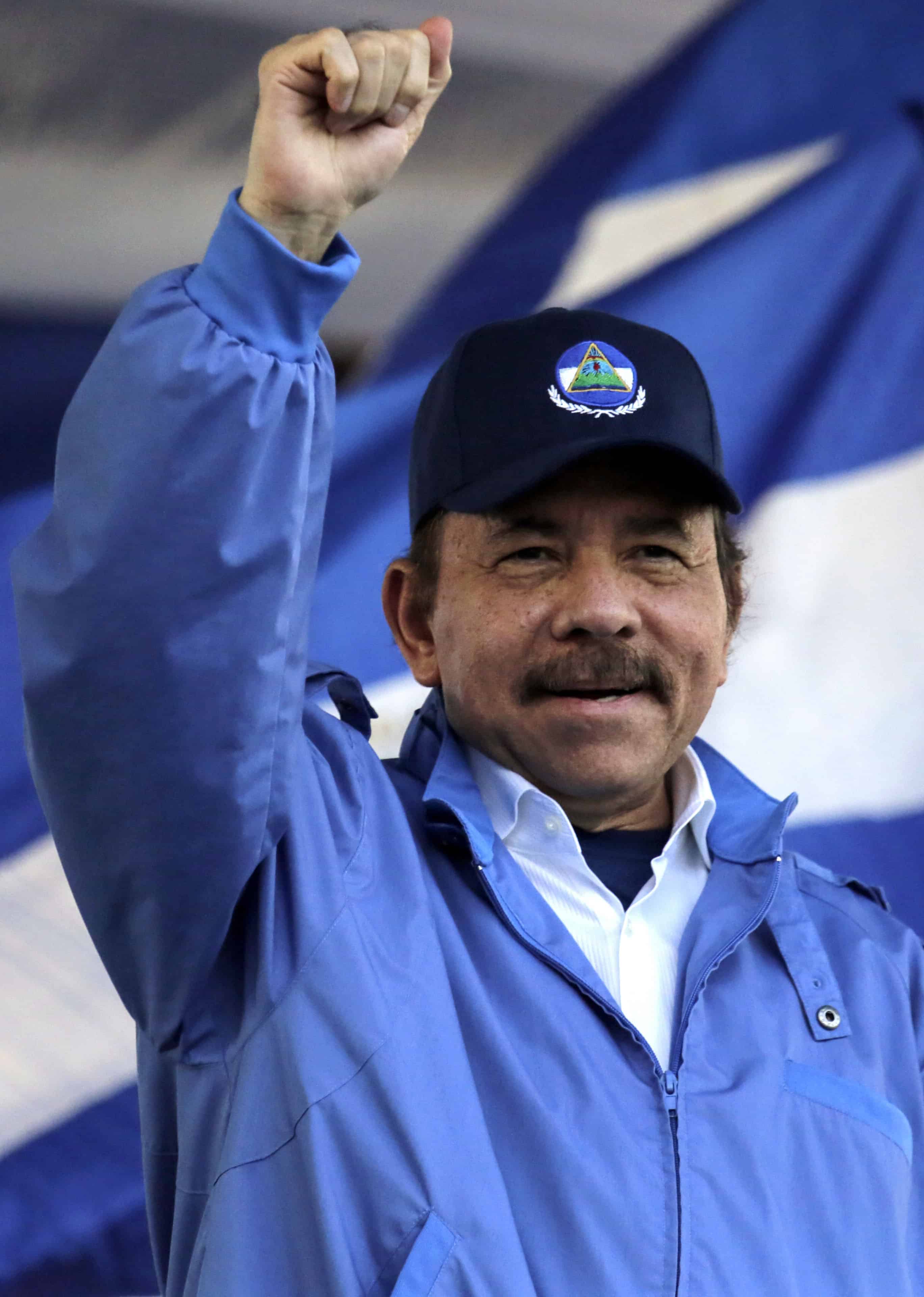MANAGUA, Nicaragua – An ongoing border feud between Costa Rica and Nicaragua took a turn for the bizarre Tuesday when Nicaraguan President Daniel Ortega threatened to turn to the International Court of Justice in The Hague, the Netherlands, to try to recover the Costa Rican province of Guanacaste, annexed in 1824.
Ortega’s outburst followed a recent complaint voiced by Costa Rica before the United Nations over Nicaragua’s alleged violation of a temporary ruling in 2012 by the world court that blocked Nicaragua from entering a disputed wetland area belonging to Costa Rica along the northeastern Caribbean coast.
Costa Rica accused Nicaragua of invading the territory in 2010 in a case filed at the world court.
Often Hermetic himself, Ortega said Costa Rica was “unwilling” to solve several ongoing border spats – initiated by Nicaragua’s Sandinista administration – through diplomatic talks.
With Costa Rica “we always are willing to hold talks to search for an agreement, but as long as that path is not open and Costa Rica does not consider that a possibility, there is no other choice but to continue at the International Court of Justice,” Ortega said at a Naval event on Tuesday.
“Given the fact that this issue [of Guanacaste] has not been debated in the [world] court, we could consider taking the case to the ‘ICJ’ [the court] and it could permit Nicaragua to recover that territory,” Ortega said.
Costa Rica recently protested Managua for attempting to grant oil exploration concessions in both the Caribbean Sea and the Pacific Ocean in areas that Costa Rica claims as its territory. Costa Rica may take that case to the court as well.
Ortega insists the petroleum blocks in question are in Nicaragua’s maritime territory.
Referring to Guanacaste and Isla Calero, the disputed Costa Rican territory along the Caribbean coast, Ortega said, “We are talking about thousands of square kilometers of territory [Guanacaste]; we’re not talking about 2.8 kilometers [Isla Calero].”
Ortega also said Guanacaste was granted to Costa Rica as compensation for having helped expel U.S. mercenary William Walker and his army of filibusteros – whose aim was to incorporate Nicaragua as a slave state into the United States – in 1856.
Costa Ricans “thought that Nicaragua should be charged [for Costa Rica’s role in defeating Walker], and they wanted the river [the Río San Juan] and the lake [Cocibolca]. … That has been the source of Costa Rica’s political ambitions,” Ortega said.
“I think eventually we’ll go to the [world] court,” he added.
In a 2010 opinion piece published by The Tico Times following Nicaragua’s incursion in Isla Calero, Nicaragua’s former foreign minister and lawmaker Francisco Xavier Aguirre Sacasa noted that “every five years or so, Nicaragua and Costa Rica clash over the San Juan River. This is a recurrent theme in our modern history and is unfortunate.”
Aguirre Sacasa also noted that the two countries signed the Cañas-Jerez Treaty in 1858 whereby Nicaragua acknowledged Costa Rica’s annexation of Guanacaste and its right to navigate “with commercial goods” on the eastern stretch of the San Juan River. Costa Rica, in turn, recognized Nicaragua’s sovereignty over the San Juan.
Finally, Costa Rica’s border with Nicaragua was fixed as the south bank of the San Juan River running from three miles east of El Castillo to the Caribbean.
“This treaty should have put an end to border disputes between the two nations,” Aguirre Sacasa wrote, “but it did not.”






